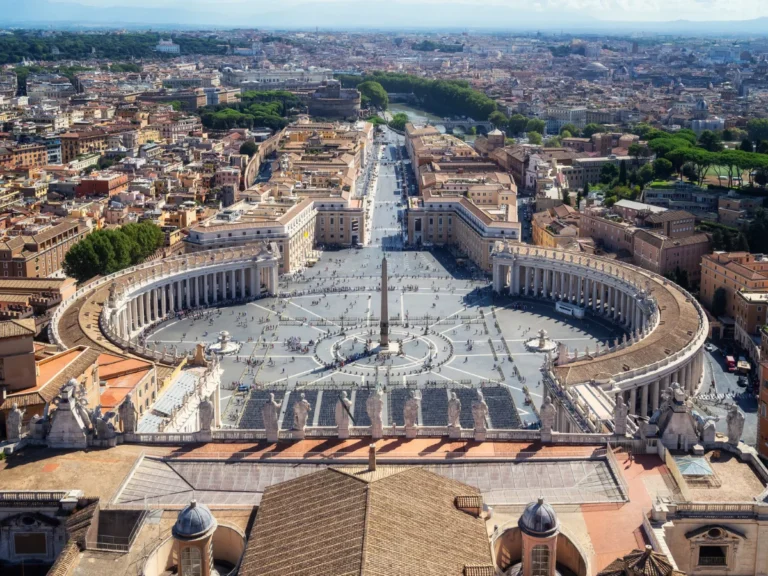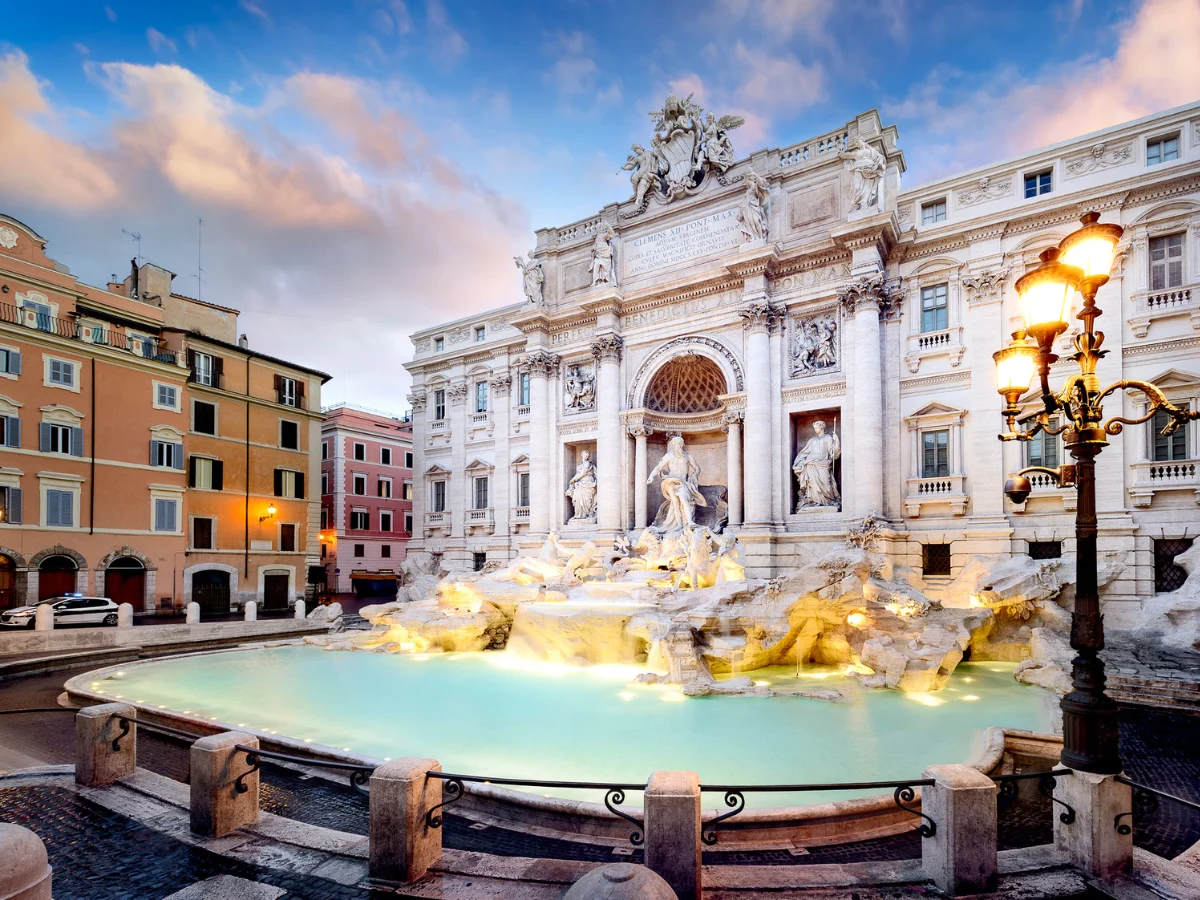Tarquinius Priscus was Rome's fifth king
Tarquinius Priscus was Rome’s fifth king. He introduced Etruscan influence, fostering cultural integration and architectural advancements. Transitioning to a republic, subsequent leaders built upon his legacy. His construction projects, including the Circus Maximus, symbolized Rome’s greatness. Priscus’s reign saw military expansion, consolidating Rome’s power. Despite his assassination, his Etruscan legacy endured. As Rome evolved, Priscus’s contributions remained integral to its identity and development.

Tarquinius Priscus was Rome's fifth king
Tarquinius Priscus, the fifth king of Rome, emerged onto the ancient stage with ambitions as towering as the city’s seven hills. Born in the Etruscan city of Tarquinii, he arrived in Rome with a fervent desire to carve his name into the annals of history. His journey from a foreign land to the throne of Rome is a testament to his cunning and charisma.
Etruscan Roots and Roman Ascent
Hailing from a noble Etruscan lineage, Tarquinius Priscus possessed the charm and shrewdness necessary to navigate Rome’s intricate political landscape. His marriage to the daughter of Rome’s fourth king, Ancus Marcius, solidified his position within the city’s elite circles. Through alliances and strategic maneuvering, he ascended to the throne upon Ancus Marcius’s death, claiming his rightful place as the fifth king of Rome.
Architect of Prosperity: Economic Reforms
Tarquinius Priscus’s rule ushered in a golden age of prosperity for Rome, marked by unparalleled economic expansion and infrastructural advancement. His visionary policies stimulated trade, attracting merchants from far-flung regions and enriching the city’s coffers. The influx of wealth fueled cultural flourishing, with lavish displays of art and architecture adorning the city.
Martial Might: Expansion and Conquest
A true visionary, Tarquinius Priscus understood the symbiotic relationship between military conquest and imperial expansion. He expanded Rome’s territorial boundaries through strategic military campaigns, securing victory after victory against neighboring people and city-states. His triumphs on the battlefield not only enriched Rome’s coffers but also elevated its status as a dominant power in central Italy.
Legacy of Grandeur: Architectural Marvels
Tarquinius Priscus’s reign marked a golden age of architectural innovation in Rome. Inspired by the grandeur of his Etruscan heritage, he commissioned the construction of magnificent public works, including the Temple of Jupiter Optimus Maximus on the Capitoline Hill. These enduring monuments to his legacy continue to awe and inspire visitors to Rome to this day.
The Tumultuous End: Legacy and Controversy
Despite his many achievements, Tarquinius Priscus’s reign was not without controversy. His penchant for extravagance and his perceived favoritism towards fellow Etruscans fueled resentment among the Roman populace. His eventual overthrow at the hands of Lucius Tarquinius Superbus, his own son, marked the end of the Roman monarchy and the beginning of the Republic. Yet, his legacy as a visionary ruler and master builder endures, shaping the destiny of Rome for centuries to come.
Conclusion: The Enduring Legacy
In the annals of Roman history, Tarquinius Priscus stands as a towering figure whose ambition and vision propelled Rome to new heights of power and prestige. From his humble beginnings in Tarquinii to his ascension to the throne of Rome, his legacy endures in the architectural marvels and economic prosperity he bestowed upon the Eternal City. Though his reign ended in tumult, his impact on the course of Roman history is undeniable, cementing his place as one of the most influential figures of antiquity.



